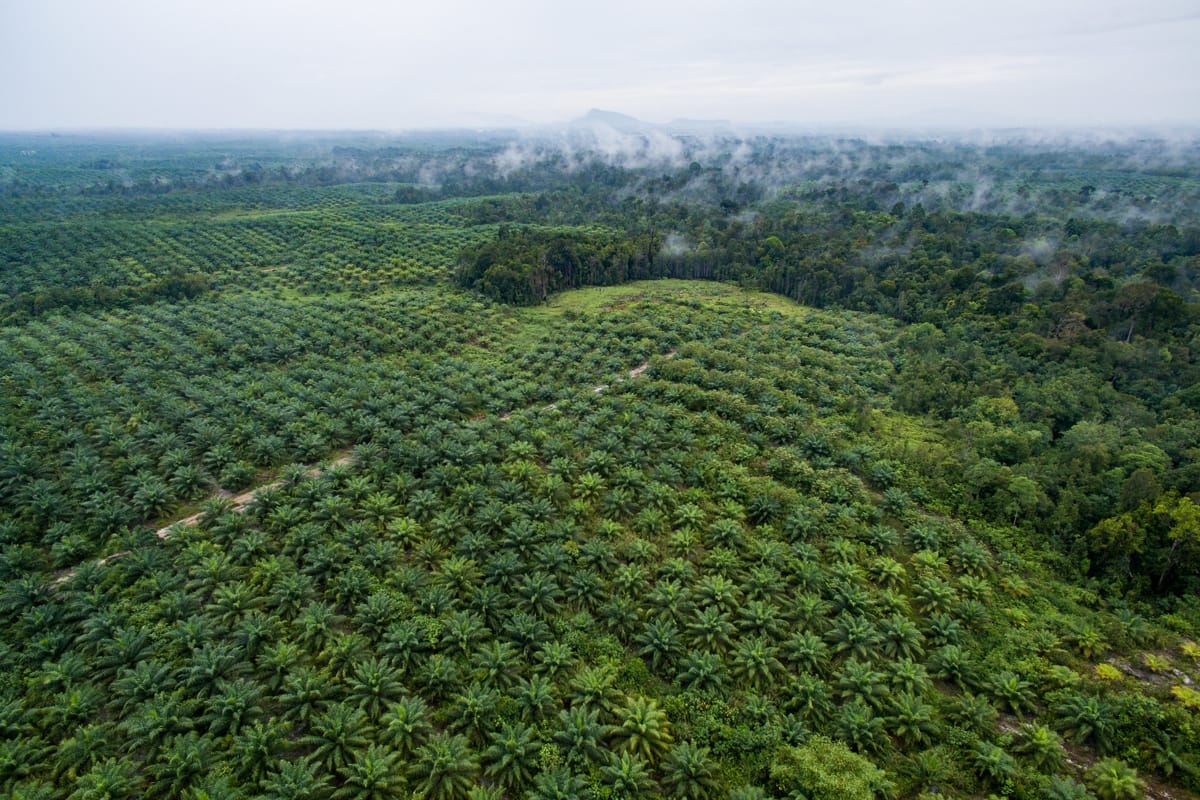Approximately 700 million people live in Southeast Asia, which together make it the world’s fifth largest economy. In the past two years, its growth rate has been 4-5 percent, close to India’s growth (6-7 percent) and sometimes exceeding China’s (3-5 percent).
The region is united beyond the annual summit through the Association of Southeast Asian Nations. Each country is prioritizing “ASEAN centrality,” jointly engaging with external partners, and seeking to establish a regional structure. ASEAN’s approach continues to focus on unity in a time of global division, exemplified by the European Union with Brexit and recent geopolitical tensions in the Middle East and the Americas.
This cooperation was achieved despite the fact that the ASEAN countries are at very different stages of development and size. Average annual salaries in 2022 ranged from $2,310 for her in Laos to $67,200 for her in Singapore. Indonesia is the largest economy with an annual income of $4,580, accounting for more than one-third of Southeast Asia’s economic weight (GDP). The next five largest economies are more evenly weighted, with Thailand, Singapore, the Philippines, Vietnam, and Malaysia each accounting for about 10 to 15 percent of Southeast Asia’s economy.
Attracting international investment, including the green transition, is a focus across Southeast Asia.
The chaotic global situation caused by the pandemic has highlighted economic disparities within ASEAN. As a city-state, Singapore is the most exposed to global trade. As the global economy slowed, so did Singapore, with its growth rate dropping to just 1.1% in 2023.
Conversely, Vietnam, which has the next highest trade exposure, is more resilient. Its large manufacturing base, low-cost production, and proximity to China make it an important trade beneficiary as global companies move toward China-plus-one supply chain strategies. Combined with the return of international tourists, this partly explains why Vietnam will be able to achieve a steady growth rate of 5.1% in 2023.
The post-pandemic tourism recovery has become an important economic force for the economy across Southeast Asia, particularly Thailand.
Elsewhere, higher energy commodity prices after Russia’s invasion of Ukraine benefited Indonesia (coal and palm oil) and Malaysia (oil and palm oil). Exports rose in Vietnam, Malaysia, Singapore and the Philippines, but then declined as electronics prices became more volatile. Thai and Vietnamese rice exporters are likely to benefit from higher prices if farmers can maintain production amid recent concerns about the dry El Niño weather pattern. Across the region, rising prices have put food security in the spotlight.
 Palm forest in West Kalimantan, Indonesia (Nanang Sujana/CIFOR)
Palm forest in West Kalimantan, Indonesia (Nanang Sujana/CIFOR)
Looking ahead, each country’s leading industries hint at how they each see their path to prosperity.
Highly educated, low-wage Vietnamese workers support much of the world’s video game development. Highly educated Thai workers are key to Thailand’s medical tourism exports. Our English-speaking Filipino employees can help you outsource your business processes. Hydroelectric power from Laos’ dams is exported throughout Southeast Asia. And Indonesia is leveraging its global nickel market share to move into higher-value processing.
The electric vehicle industry is also emerging as a potential new source of growth across Southeast Asia. The pitch to the EV industry differs from country to country. Indonesia’s nickel is a key raw material for some types of EV batteries, and Malaysia benefits from a deep electronics ecosystem. Thailand-led fossil fuel vehicle manufacturing dominates the region, and Vietnam is now home to Southeast Asia’s first US-listed electric car company, VinFast.
As ASEAN decisions require consensus, it is important for international partners to understand country differences. Despite the diversity of its member states, ASEAN continues to make incremental progress towards common goals.
For example, attracting international investment, including the green transition, is a focus across Southeast Asia. A notable example of ASEAN cooperation in support of this goal is the ASEAN Green Taxonomy. This taxonomy aims to agree on a set of definitions of green activities, which can be used to direct capital towards green investments. Here, ASEAN sought to adjust its existing national policies and incorporate the views of all member states through consultation (the latest version was published this month).
Connecting the region is another priority for ASEAN, especially in payment systems. ASEAN cooperation in this area began at the last minute. The payment system was initially connected country by country, but was later expanded to an agreement between five major countries (Indonesia, Singapore, Thailand, Malaysia, and the Philippines). Last year, ASEAN leaders agreed to continue deepening payments connectivity among all ASEAN member states.
Overall, ASEAN cooperation continues in the face of diverse economic interests. Like other parts of the world, the country faces the challenge of balancing competition and cooperation. There are always short-term attractions to the detriment of Southeast Asian neighbors, such as wages, regulatory protection, and foreign investment incentives. ASEAN’s centrality may serve as a countervailing force. If Southeast Asia can leverage its size and diverse strengths, its economy will continue to work for its people.

